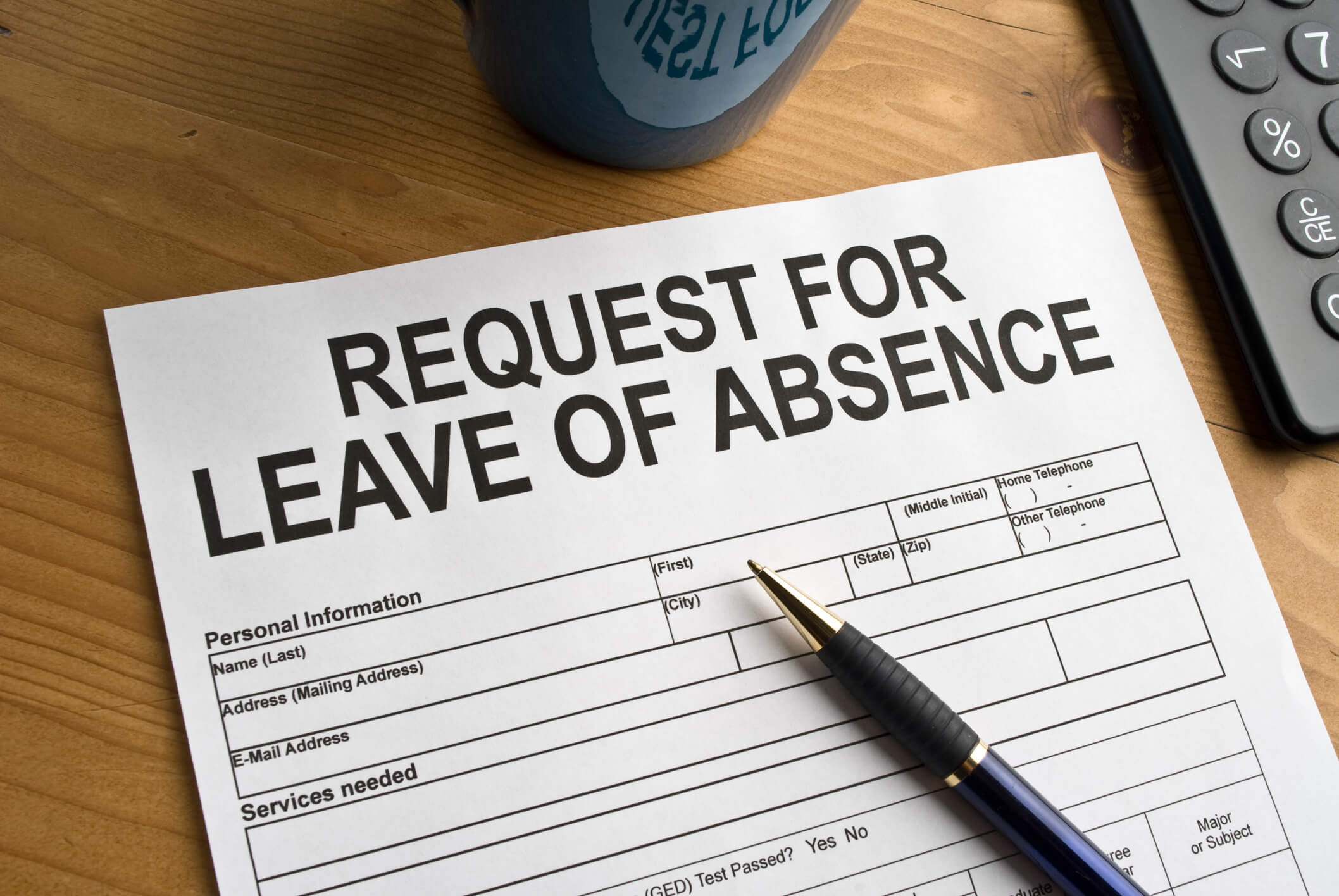On May 14, 2020, the Massachusetts Department of Family and Medical Leave (DFML) issued revised draft regulations to accompany the Massachusetts Paid Family and Medical Leave (PFML) law. The draft regulations come approximately one year after the DFML published “final” regulations and contain many substantive revisions, likely in response to the numerous public sessions held over the past year.
Below is a summary of the most significant changes contained in the revised draft regulations as well as common issues raised during the online public hearing held on June 11, 2020.
Highlights of Revised Regulations
Covered Individuals
Throughout the revised regulations, “employee” and “self-employed individual” have been combined into the more generalized term “covered individual.” This is likely in response to the ongoing confusion expressed by the business community regarding the eligibility of 1099-MISC workers for benefits under the PFML. The definition of “covered contract worker” also has been revised to include the factors previously released by the DFML to clarify which 1099-MISC workers are eligible for benefits under the program.
Serious Health Conditions
Substance abuse disorders do not constitute a “serious health condition” “unless inpatient hospital care is required or unless complications develop.” The same standard applies to cosmetic treatments.
Good Cause
“Good cause” is defined as “[a] demonstration by a party that a failure to comply with a requirement of [the statute and regulations] was due to circumstances beyond the party’s control.” This definition is relevant for (a) assessing potential penalties against employers for failing or refusing to make contributions as required, (b) assessing a covered individual eligibility for benefits when the individual delays in providing the required certification for taking leave, and (c) allowing a covered individual to file a late request seeking an extension of benefits.
Intermittent Leave
The revised regulations now propose that “[i]ntermittent leave shall be taken in increments of 15 minute intervals.” This is a change from the previously released regulations, which stated that “An employer may require that intermittent leave be taken in increments not smaller than a designated minimum time period; provided, however, that an employer’s designated minimum time period may not be greater than four consecutive hours” (emphasis added).
Applications for Exemptions for Private Plans
The revised regulations offer significant clarification on the process for applying for an exemption under the PFML:
- The regulations clarify that exemptions can be requested for making contributions for medical coverage, or family leave coverage, or both.
- The regulations clarify whether an application for exemption can be made on behalf of only a portion of a covered workforce. According to the regulations, “[a]ll employees and covered contract workers and former employees . . . must be included in the employer’s or covered business entity’s private plan in order to be approved for an exemption.”
- The regulations list additional requirements for a private plan to be approved, including the need for the plan to “provide for an appeals process with the plan administrator.”
- The regulations clarify what happens when an exemption application is denied. While employers may request a review of their denied exemption, such a review is “discretionary” and not subject to further appeal.
Notice of Leave
The revised regulations include additional language clarifying the timeline and requirements for covered individuals to provide notice of leave when applying for benefits, providing insight into how the DFML envisions the coordination of leave applications between employers and the agency.
Verifying Leave
The revised regulations provide additional detail regarding the verification of benefit applications and extension of existing benefits. The revisions discuss how verifying documentation supporting leave will be shared between the DFML and employers, as well as how frequently covered individuals must reverify their continued leave. These revisions suggest a strict approach by the DFML with regard to verifying the legitimacy of continued leave, although the business community has continued to voice doubts as to the ability of the DFML to manage the volume of leave requests in an effective manner.
Weekly Benefit Amount
The revised regulations offer clarification on several points regarding covered individuals’ weekly benefit amount, including how the PFML benefit will be offset by other wages, how covered individuals can choose to use accrued paid leave provided by their employers rather than receive the weekly benefit amount from the DFML, and when employers can be reimbursed after payments are made to covered individuals.
Retaliation
- One aspect of the PFML that has generated significant concern from the business community is the presumption of retaliation connected to a covered individual taking leave under the law. As stated in prior versions of the regulations, if there is a negative change in a covered individual’s terms or conditions of employment in the six months following their leave, there is a rebuttable presumption that the employer retaliated against that covered individual. The latest proposed changes to these regulations appear to address some of these concerns:
- The revised regulations now include additional language in an apparent attempt to narrow the types of “negative change” that can give rise to the presumption of retaliation. According to the regulations, “A negative change shall not include trivial, or subjectively perceived inconveniences that affect de minimis aspects of an employee’s work” (emphasis added).
- If an employer informs the DFML, under a bona fide belief, that a covered individual has committed fraud in applying for benefits, it will not give rise to an action for retaliation or presumption of retaliation.
- For purposes of calculating the six months following a covered individual’s leave, leave starts on the first day that the individual actually takes leave.
- The current draft of the regulations continues to state that the presumption will be rebutted only by “clear and convincing” evidence that the employer’s actions were not retaliatory. The revised regulations now offer some additional explanation for “clear and convincing,” stating that an employer’s “application of a pre-existing employment rule or policy shall be deemed to be clear and convincing evidence.”
- New language clarifies that if an individual utilizes intermittent leave inconsistent with DFML approval, requesting additional information from that individual related to the use of the leave will not be presumed to be retaliation.
Feedback From the Public Hearing Held on June 11, 2020
On Thursday, June 11, 2020, the DFML hosted an online public hearing to allow for public testimony on the revised regulations. Ogletree Deakins attended the hearing and summarized some common concerns expressed by those who attended.
- Many speakers expressed concern about the revised regulations changing the intermittent leave increment from four hours to 15 minutes. Concerns about this change ranged from the administrative difficulty in tracking such small increments to a lack of parity with the Massachusetts Earned Sick Time Law.
- Several speakers raised concerns about a lack of clarity on whether the PFML law’s financial eligibility test applied to workers covered under exempt private plans.
- Several speakers expressed a desire for the DFML to include language in the regulations allowing an employer’s agent to act on behalf of the employer in administering PFML, recognizing the growing trend for employers to outsource their leave of absence administration.
- Several speakers addressed concerns about the change regarding substance abuse disorders, noting a perceived lack of parity with other disorders that did meet the definition of a “serious health condition,” while also expressing concern about how such disorders would be subject to different treatment under the federal Family and Medical Leave Act.
- Some raised concerns about the requirements regarding in-person visits to health care providers, and whether the DFML had any plans to address these requirements given the ongoing pandemic.
How the DFML will respond to this feedback is not yet clear, but the public may submit additional comments and documents to support their positions on the DFML website.
Ogletree Deakins will continue to monitor and report on developments with respect to these regulations and the ongoing rollout of the PFML program.






